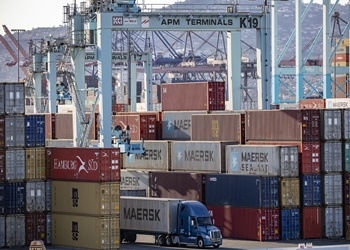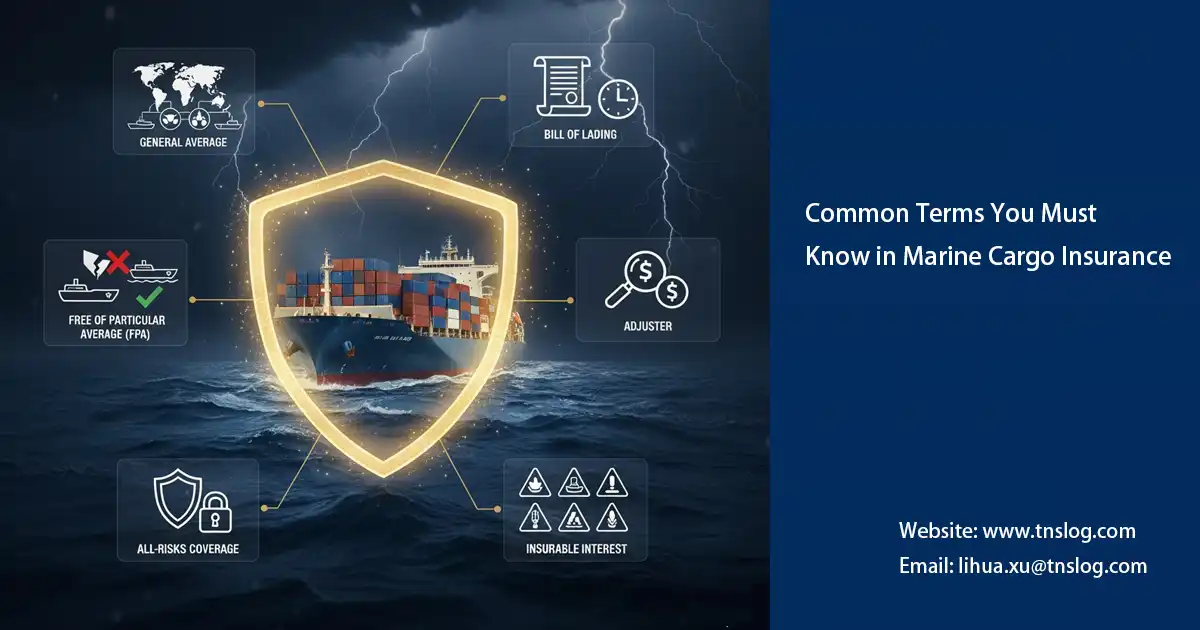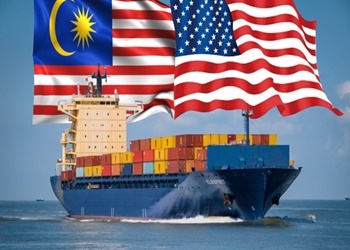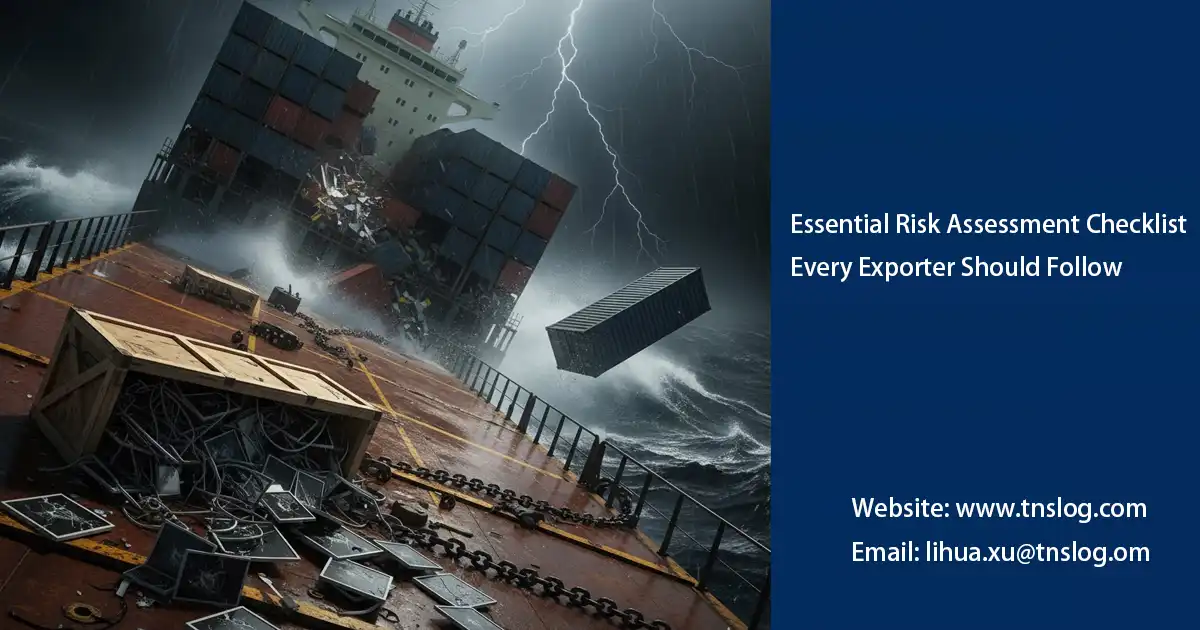What Does FOB (Free on Board) Mean in Shipping?.
In international trade, selecting the appropriate trade terms (Incoterms) is crucial, and FOB (Free On Board, Free on Board) is one of the most commonly used, particularly for sea freight shipments. It defines the specific point at which responsibility and costs for the shipment transfer from the seller (exporter) to the buyer (importer), as indicated by the location specified in the FOB clause. This article will delve into the basic meaning of FOB, allocation of responsibilities, advantages and disadvantages, and comparisons with other terms to help you fully understand FOB.
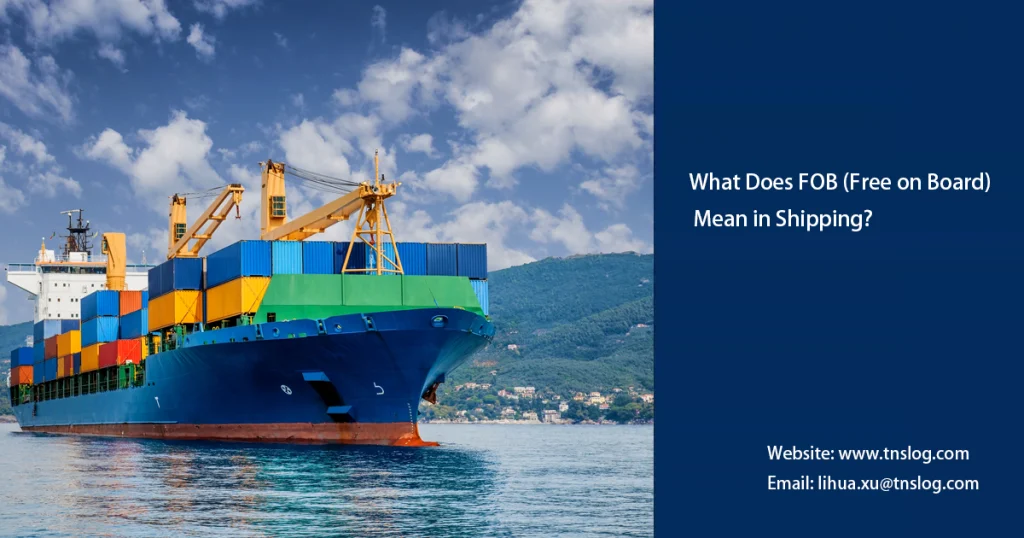
What does FOB mean?
In practical application, FOB can be subdivided into FOB Origin (also known as Shipping Point, Free on Board – Point of Origin) and FOB Destination (Free on Board – Destination). For example, under FOB Origin, when the clause is written as “FOB [Origin City]” (e.g., FOB Penang), the buyer assumes control, responsibility, and all associated costs the moment the goods are loaded onto the transport vessel at the specified point of origin. Conversely, under FOB Destination (e.g., “FOB [Destination City]”), the seller retains all responsibility for the goods until they are safely delivered to the destination, and the buyer only takes over responsibility once they arrive.
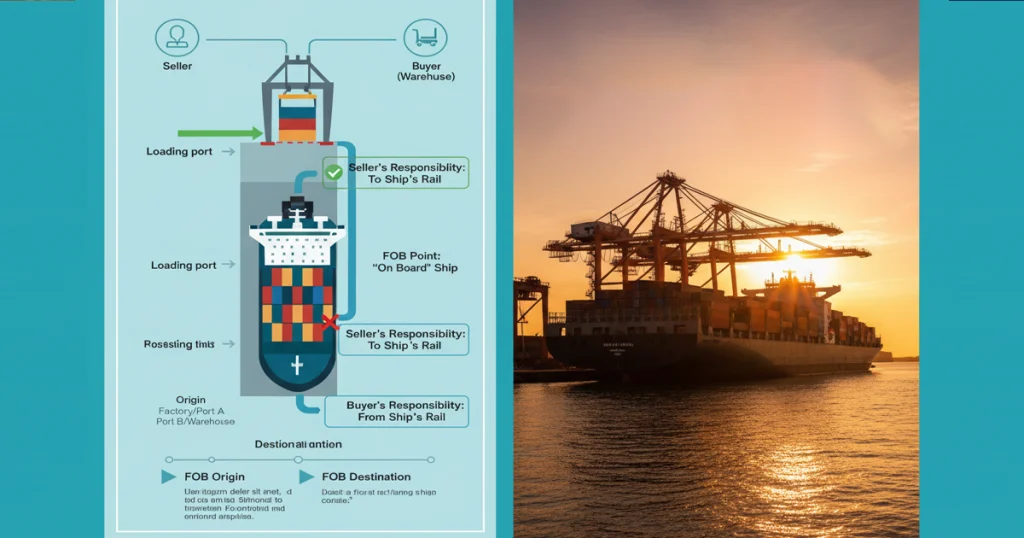
For instance, if you are exporting electronic products from Penang Port in Malaysia using the FOB Origin term, the seller must ensure the goods are transported from the factory to the port, complete export clearance, and load them onto the ship; the buyer then handles sea freight, insurance, and destination port clearance from that point onward.
Allocation of Responsibilities under FOB
Seller's Responsibilities
- Goods Preparation: Produce, package, and label the goods to meet contract requirements.
- Transport to Port: Bear the inland transport costs and risks from the factory or warehouse to the designated loading port.
- Port Procedures: Handle export clearance, pay port fees, and load the goods onto the buyer’s specified vessel.
- Document Provision: Provide the buyer with necessary documents such as commercial invoices, packing lists, and bills of lading.
Buyer's Responsibilities
- Vessel Arrangement: Specify the vessel and bear sea freight costs, insurance, and risks from the loading point onward.
- Import Procedures: Handle import clearance at the destination port, pay duties, and manage further transport.
- Risk Assumption: From the moment the goods are loaded onto the ship (FOB Origin) or upon arrival at the destination (FOB Destination), the buyer must handle any claims for damage or loss.
Advantages and Disadvantages of FOB
Advantages
- Buyer-Friendly (Especially FOB Origin): The buyer can select familiar carriers and insurance options, controlling transport costs—ideal for large importers with strong logistics networks.
- Clear for Seller (FOB Destination Offers More Protection): Well-defined boundaries mean the seller avoids uncertainties in sea transit, reducing risks.
- Cost Transparency: Facilitates total price calculation since sea freight costs are directly borne by the buyer, avoiding hidden fees.
- High Flexibility: Suitable for bulk sea shipments, such as exporting palm oil or electronic components from Malaysia, with clear title transfer points for legal and financial handling.
Disadvantages
- Higher Risk for Buyer (FOB Origin): If the buyer lacks international logistics experience, managing the post-port segment can be complex, leading to extra costs or delays.
- Pressure on Seller (FOB Destination): Must ensure timely delivery, or face penalties and storage costs.
- Not Ideal for Small Volumes: For air or land transport, FOB is less flexible than other terms like FCA.
Comparison of FOB with Other Incoterms
| Term | Primary Transport Mode | Seller's Responsibility Ends At | Buyer's Main Burdens | Applicable Scenarios |
|---|---|---|---|---|
| FOB Origin | Sea | Goods loaded onto ship (loading port) | Sea freight, insurance, import | Sea exports where buyer has logistics capability |
| FOB Destination | Sea | Goods arrive at destination | Unloading and subsequent transport | Seller provides more assurance; buyer lacks experience |
| CIF (Cost, Insurance and Freight) | Sea | Goods loaded + freight paid to destination port | Import clearance, unloading | Seller provides basic insurance; sea imports |
| EXW (Ex Works) | Any | Delivery at factory/warehouse | All transport, clearance | Minimal seller responsibility; buyer in full control |
| DDP (Delivered Duty Paid) | Any | Delivery at destination + clearance | Unloading only | Seller assumes full responsibility; suitable for inexperienced buyers |
| FCA (Free Carrier) | Any | Handover to designated carrier (not necessarily port) | Subsequent transport | Multimodal or air transport |
Practical Application in Malaysia
As a Southeast Asian trade hub, Malaysia widely uses FOB for exports of palm oil, rubber, and electronic products. Penang and Port Klang are popular FOB ports, where TNSLOG routinely assists clients with export declarations and vessel coordination. Under local regulations, sellers must comply with Malaysia’s electronic customs declaration system (uCustoms) for smooth loading. For hazardous goods, additional certifications are required. In FOB Origin mode, this enables exporters to quickly transfer risks; in FOB Destination, it suits scenarios requiring end-to-end support for buyers.
Conclusion
FOB terms serve as a “reliable partner” in international trade due to their clear allocation of responsibilities, cost controls, and title transfer mechanisms. Whether opting for FOB Origin or FOB Destination, weigh the pros and cons based on your logistics capabilities and trade experience. As a Malaysian freight forwarder with 20 years of expertise, TNSLOG offers one-stop services from FOB document preparation to full tracking. Whether exporting to Europe or importing from Asia, contact us at (network1@tnslog.com.my) for personalized consultations. Let’s build an efficient trade journey together!
You may also be interested in
Have Anything To Ask Us?
Please fill in your email in the form and we’ll get back to assist you soon!

